Publications on Children
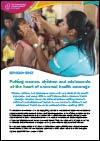
This Advocacy Brief from PMNCH on women, children and adolescents in universal health coverage (UHC) summarizes the key global evidence and arguments why the health needs of women, children and adolescents is central to the achievement of universal health coverage and the SDGs. It also demonstrates the return on investment for proven and cost-effective women, children and adolescent health interventions in terms of equity, human rights and economic productivity. This brief is intended for use as an advocacy resource, to encourage partners to unite around priority messages on UHC.
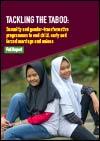
Tackling the Taboo focuses on the need to address patriarchal control of adolescent girls’ sexuality in the fight against child, early and forced marriage and unions, and highlights the vital role played by gender-transformative programmes. The report presents findings from a review of 23 organizations that work at the intersection of child marriage and sexuality, and includes three case studies that feature the work of grassroots organizations working in politically and culturally conservative contexts.

Many children remain effectively uncounted given the limited coverage of SDG data, but this situation is improving. Between 2018 and 2019, the likelihood of a country having no or insufficient data to assess its trajectory towards a child SDG target has fallen from 62 to 56 per cent. On average, 75 per cent of child-related SDG indicators in every country either have insufficient data or show insufficient progress to meet global SDG targets by 2030.
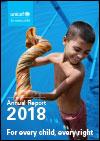
As a record of the first year of the UNICEF Strategic Plan, 2018–2021, the report outlines efforts to protect the rights of every child, to open up new opportunities for children and young people, to become increasingly effective and efficient, and to strengthen UNICEF’s partnerships and financial stewardship.
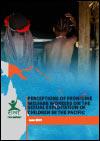
This paper details the results of a survey with 84 frontline welfare workers in seven Pacific countries. The results offer a snapshot of the context of sexual exploitation of children (SEC) in the Pacific and key issues affecting children’s vulnerability, ability to access support services, and frontline worker’s ability to provide support to them. All participants worked as welfare service providers directly managing cases that included children. The online survey consisted of approximately 60 multiple-choice questions and a small number of short open-answer questions.

The publication provides information on contraceptive options and choice, the medical eligibility criteria for different methods of contraception for women and adolescent girls living with HIV and using antiretroviral therapy, a summary of the comparative effectiveness of contraceptive methods and contraceptive considerations at different stages of a woman’s life-course.
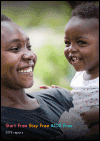
The Start Free Stay Free AIDS Free report reveals a mixed story. The global targets set for 2018 have been missed by a wide margin in some subregions and countries. Some countries, however, have shown impressive progress and achieved success across all the target areas. These country examples demonstrate that success is possible and highlight the need for a paradigm shift in action across all focus countries to reach the targets by 2020.

The handbook is built around a list of suggested areas for implementation that outlines practical school-based interventions to take when putting violence prevention measures in place in all areas of the school. The core actions refer to a set of initiatives that practitioners who are at school level can take directly. They are immediate activities that the coordinating team can already kick-off.
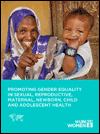
Given the impact of gender inequality on the sexual and reproductive health of women and girls and the health of women and their children, UN Women developed this programming guide that provides practical guidance and tools to understand the influence of gender inequality on sexual, reproductive, maternal, newborn, child and adolescent health (SRMNCAH), and how to effectively integrate gender equality into programming.






